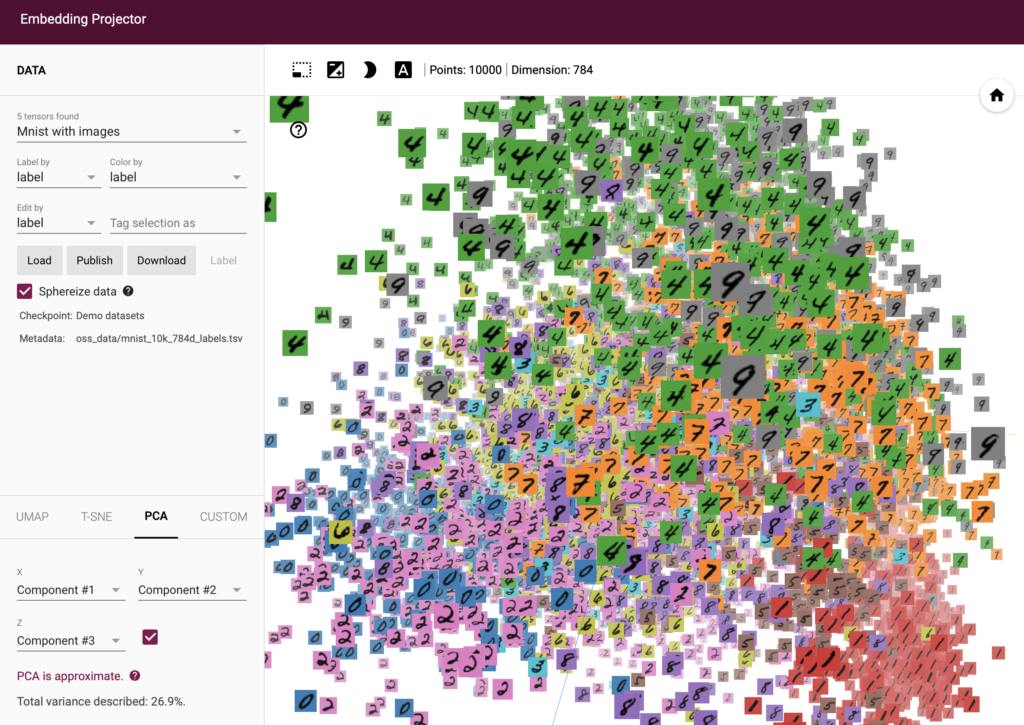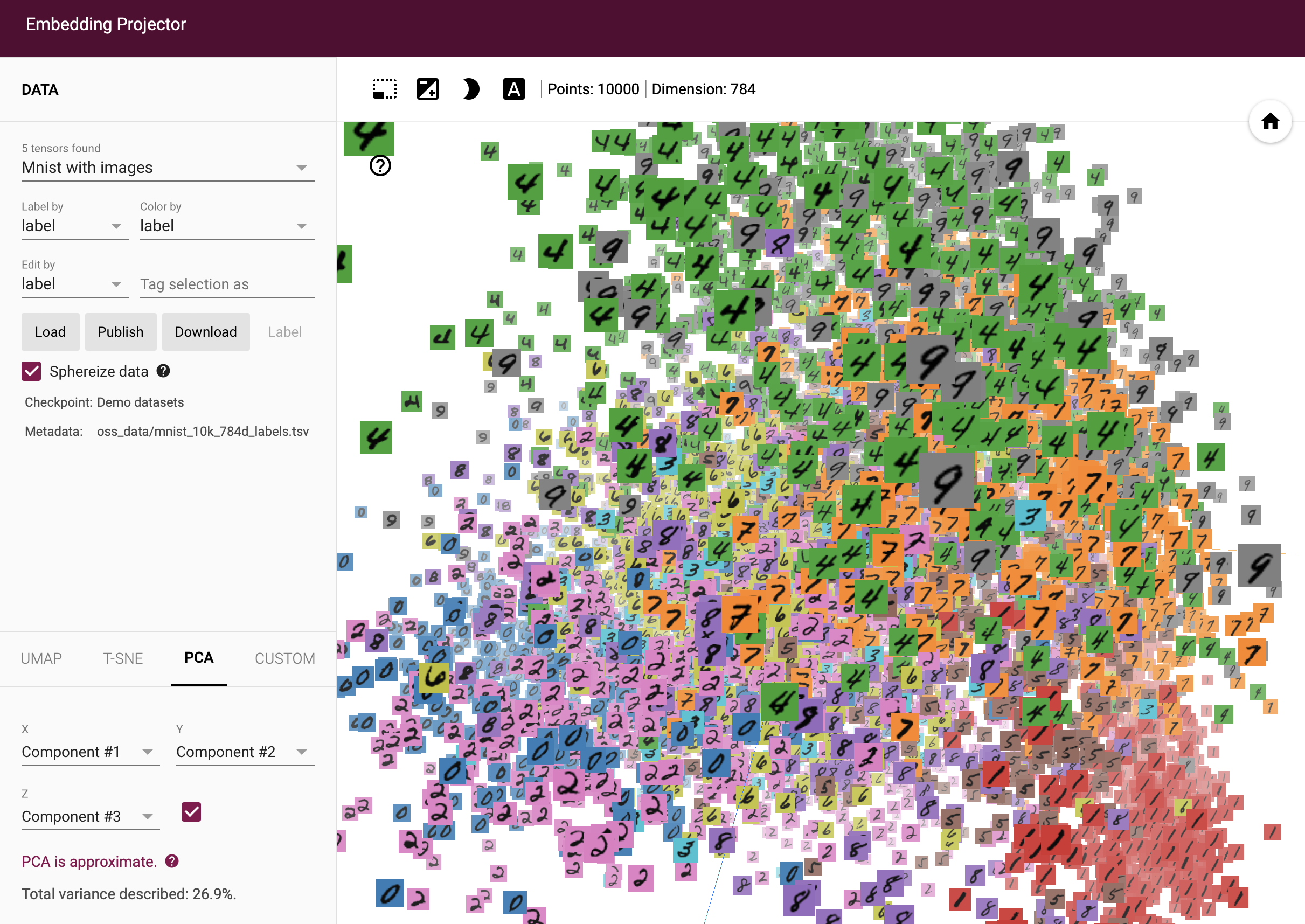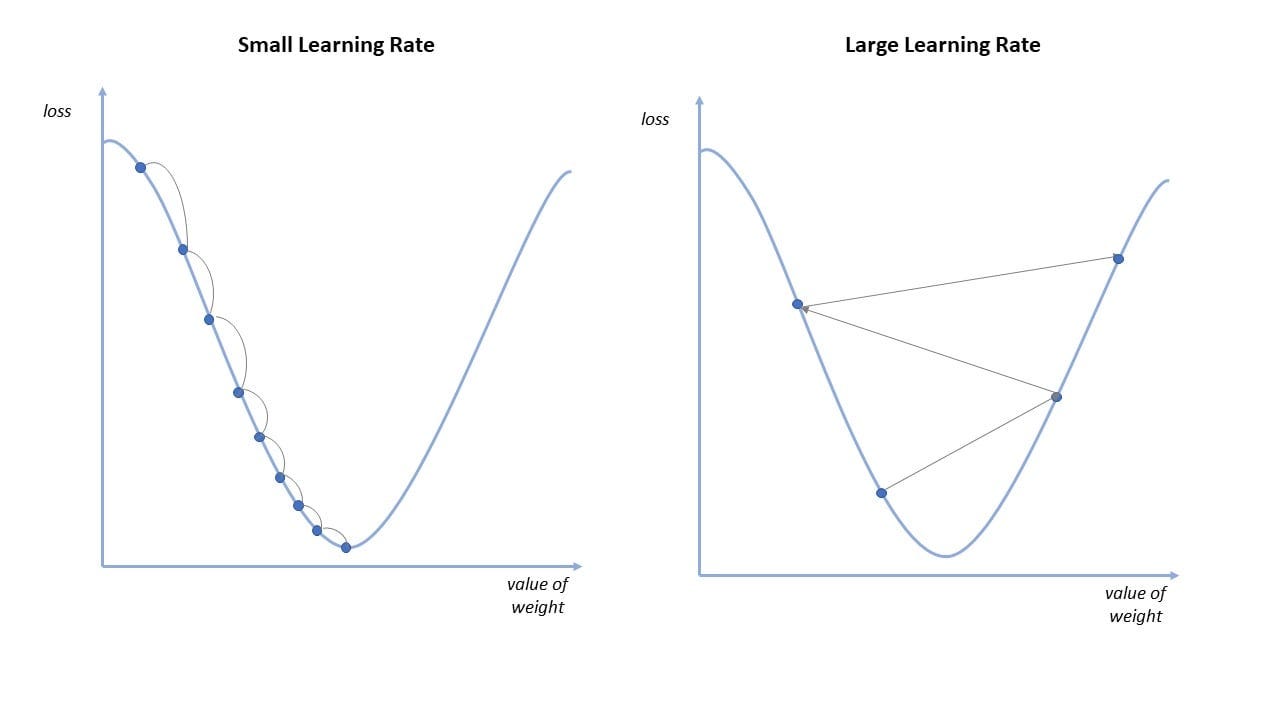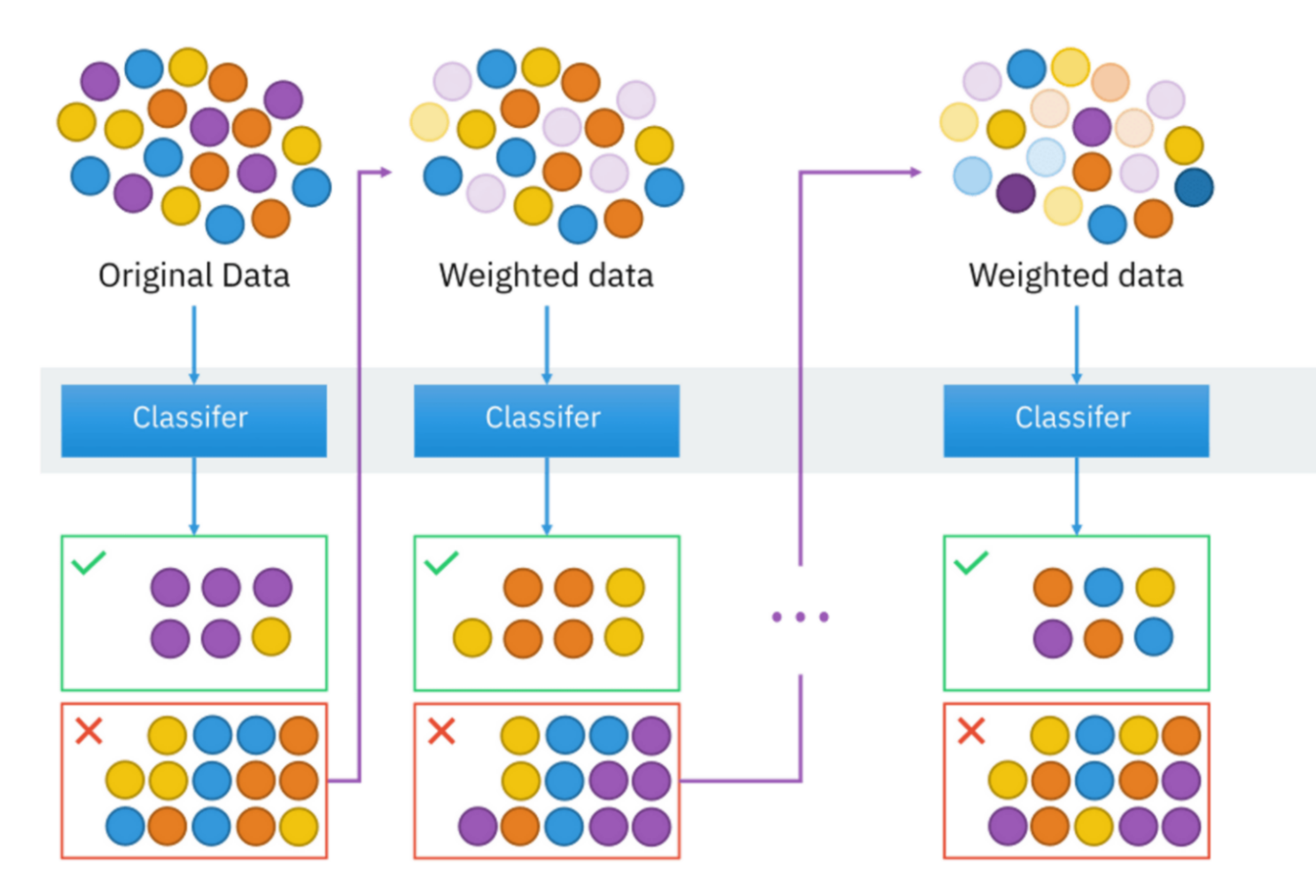First , What are Vectors?
• A vector is an array of numbers that represents data in a format that a machine learning model can process.
• For example, in natural language processing (NLP), words or sentences can be transformed into vectors using techniques like Word2Vec, GloVe, or BERT embeddings.
• These vectors capture semantic information, making it possible to measure the similarity between different pieces of text.
Why Vector Databases Are Important in Today’s AI Driven World ?
• In an era where AI is revolutionizing industries, the demand for sophisticated data storage and retrieval systems has surged. Traditional databases fall short in meeting the needs of AI-driven applications.
• A vector database is a collection of data stored as vectors . Here’s why vector databases are crucial in this context:
Why Vector Databases?
Traditional databases are not optimized for the operations required to handle vector data, such as calculating the distance between vectors to find similar items. Vector databases, on the other hand, are specifically designed to support these operations efficiently.
This makes them ideal for applications like recommendation systems, image and text search, and anomaly detection.
Key Features of Vector Databases
- High-Dimensional Indexing: Vector databases use specialized indexing techniques like HNSW (Hierarchical Navigable Small World) or FAISS (Facebook AI Similarity Search) to efficiently query high-dimensional data.
- Similarity Search: They support similarity search, which involves finding vectors in the database that are most similar to a given query vector. This is essential for applications like image retrieval, where you want to find images similar to a query image.
- Scalability: Vector databases are designed to scale horizontally, allowing them to handle large volumes of data while maintaining fast query times.
- Integration with AI Workflows: They integrate seamlessly with machine learning and AI workflows, enabling real-time data ingestion and querying.
Why Vector Databases Are Important in Today’s World
1. Rise of AI and Machine Learning
The proliferation of artificial intelligence (AI) and machine learning (ML) technologies has driven the need for more sophisticated data storage and retrieval systems. Traditional databases are not optimized for the types of operations required in AI and ML, such as similarity searches and handling high-dimensional data. Vector databases are designed to address these specific needs, making them essential in modern AI-driven applications.
2. Efficient Similarity Searches
In numerous applications, it’s crucial to find data points that are similar to a given query. For instance, in recommendation systems, identifying items similar to those a user has interacted with is key to providing personalized suggestions. Vector databases use advanced indexing and search algorithms to efficiently perform these similarity searches, offering faster and more accurate results compared to traditional databases.
3. Handling Unstructured Data
A significant portion of today’s data is unstructured, including text, images, and videos. Vector databases excel at storing and querying these types of data by converting them into high-dimensional vectors that capture their semantic meaning. This capability is particularly important for applications in natural language processing (NLP), image recognition, and video analysis.
4. Scalability and Performance
Modern applications often need to handle large volumes of data in real time. Vector databases are designed to scale horizontally, meaning they can handle increasing amounts of data by adding more servers. This scalability ensures that applications remain responsive and efficient, even as the dataset grows.
5. Enhanced Search Capabilities
Vector databases enable more nuanced and powerful search capabilities than traditional keyword-based searches. For example, in an image search application, a vector database can find images that are visually similar to a query image, even if they don’t share any common metadata. This is achieved by comparing the vectors that represent the images’ features.
6. Integration with AI Workflows
Vector databases integrate seamlessly with machine learning and AI workflows. They can ingest data in real time and immediately make it available for querying, which is crucial for applications that require up-to-date information, such as real-time recommendation systems or anomaly detection in cybersecurity.
7. Real-World Applications
- Recommendation Systems: Companies like Netflix, Amazon, and Spotify use vector databases to recommend movies, products, and music based on user preferences and behavior.
- Image and Video Search: Platforms like Google Images and YouTube rely on vector databases to improve the accuracy and relevance of search results.
- Natural Language Processing: Applications like chatbots, translation services, and sentiment analysis use vector databases to handle and retrieve text data efficiently.
- Cybersecurity: Vector databases help in anomaly detection by continuously monitoring and comparing behavior patterns represented as vectors, identifying potential threats in real time.
Popular Vector Databases
Several vector databases have gained popularity due to their performance and feature sets:
- FAISS: Developed by Facebook AI, FAISS is a library for efficient similarity search and clustering of dense vectors.
- Annoy: Developed by Spotify, Annoy (Approximate Nearest Neighbors Oh Yeah) is designed for fast nearest neighbor search.
- Milvus: An open-source vector database that supports various vector search algorithms and is designed for high-performance and scalability.
- Weaviate: An open-source database that integrates seamlessly with machine learning models to store and query data based on vectors.
- Pinecone: Pinecone is a managed vector database service designed for production-scale applications. It offers a fully managed, scalable, and high-performance solution for vector-based search and retrieval.It supports integration with various machine learning frameworks and tools, making it easy to deploy and use.
Conclusion
Vector databases are critical in today’s data-driven world because they provide the necessary infrastructure to handle the complex, high-dimensional data used in AI and ML applications. Their ability to perform efficient similarity searches, handle unstructured data, and scale with growing data volumes makes them indispensable for a wide range of modern applications. As the demand for real-time, intelligent data processing continues to grow, the importance of vector databases will only increase.




